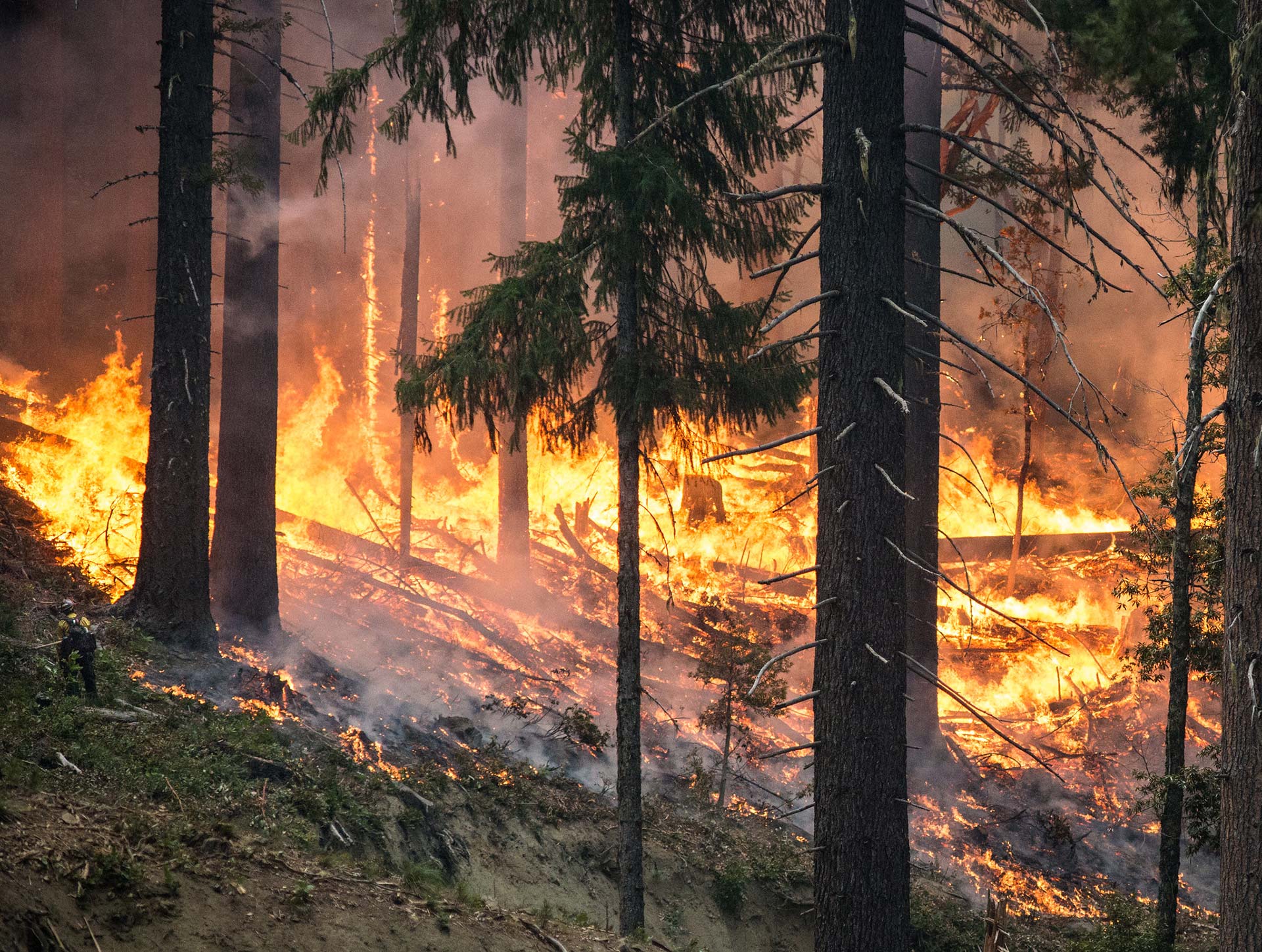-
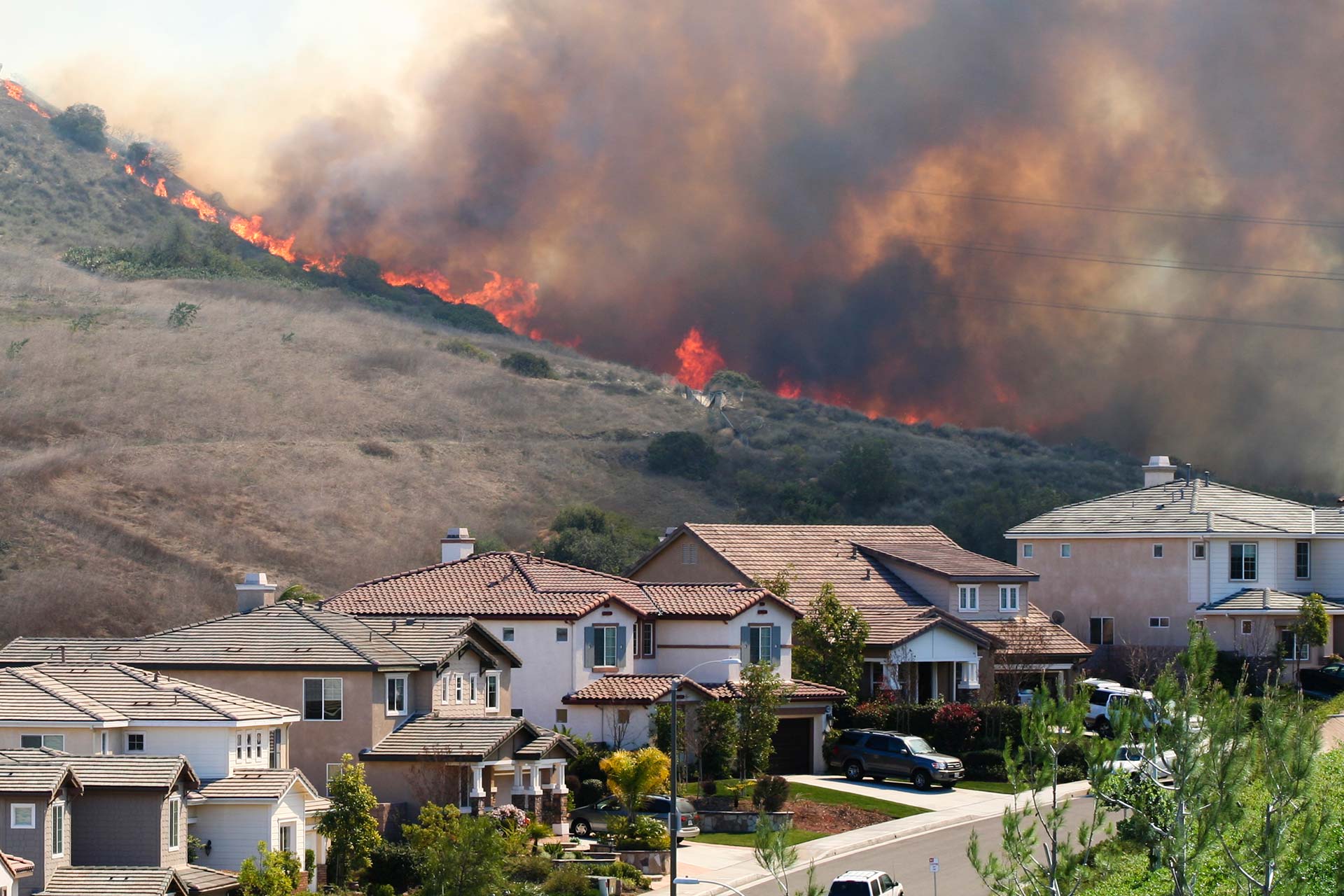
Almost half of the full community costs of wildfire are paid for at the local level, including homeowners, businesses, and government agencies. Read more
-
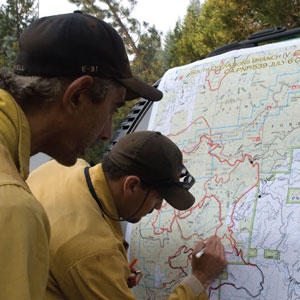
Explore all communities threatened by wildfires from 2000 to 2017. Read more
-
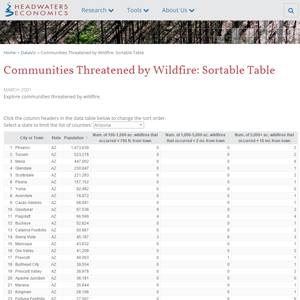
The sortable table identifies frequently threatened towns and cities, including the different sizes and distances of wildfires from nearby communities. Read more
-
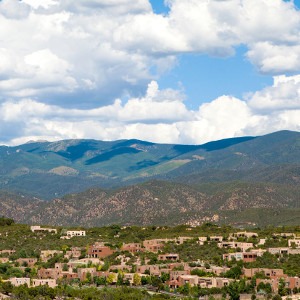
A new tool helps the City of Santa Fe, New Mexico assess wildfire and populations at risk. Read more
-
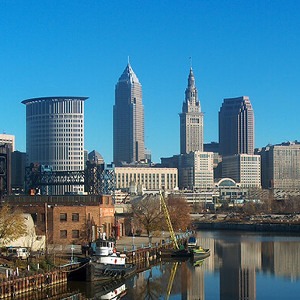
Identify neighborhoods in six Great Lakes cities that meet socioeconomic vulnerability criteria. Read more
-
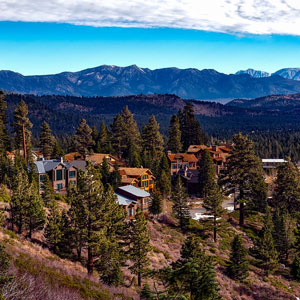
Updated: The Community Planning Assistance for Wildfire program now helps 30 communities reduce wildfire risk through improved land use planning. Read more
-
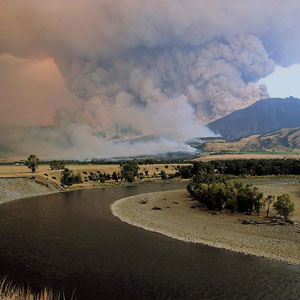
County governments, fire districts and service areas, and landowners have many opportunities to reduce wildfire risk in the wildland-urban interface through land use planning tools and strategies, though challenges in Montana’s regulatory framework remain. Read more
-
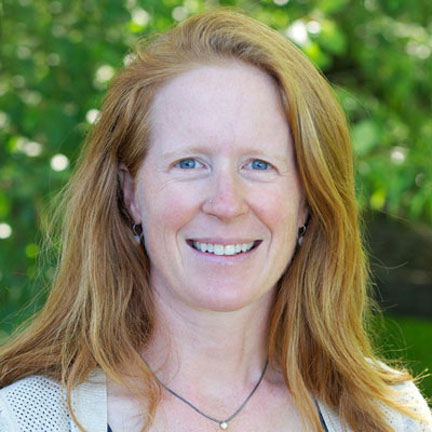
Lack of access to a vehicle, poverty, and disabilities, can make evacuation difficult or impossible for some households. Read more
-

A lack of land use planning amplified the devastation from Hurricane Harvey. Wildfire-prone communities should take note. Read more
-
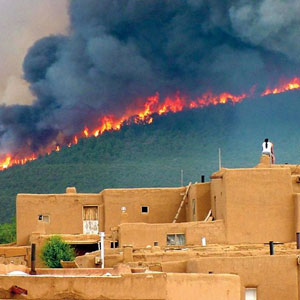
This story map provides Taos County residents with information about the ecological role of fire, the region’s wildfire risk, forest restoration projects, and emergency preparedness. Read more
-

The wildfires that burned the edge of the Great Smoky Mountains National Park devastated nearby communities and underscore the need to reduce the risks and costs of future catastrophic events. Read more
-
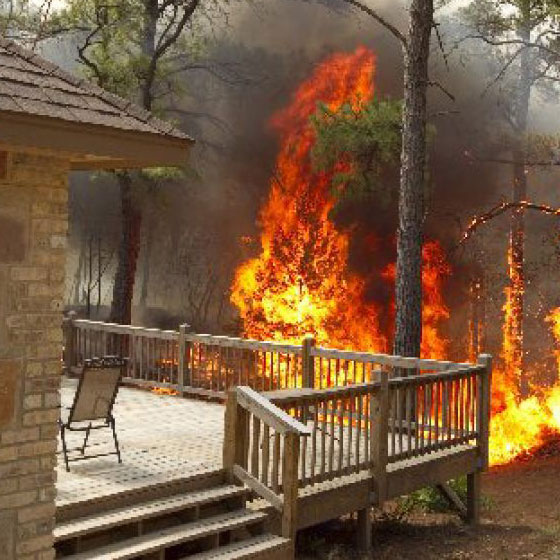
It is unlikely that insurance rates and policies alone will determine whether or not a landowner decides to build a new home on wildfire-prone land. Read more
-

Mapping and understanding communities at risk from wildfires just became easier with a new interactive tool generated by Headwaters Economics. Read more
-
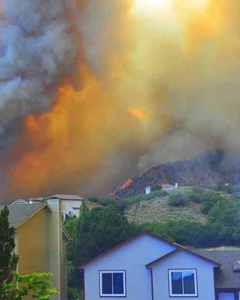
This summary highlights the major research Headwaters Economics has conducted concerning controlling fire suppression costs, state case studies, and the growth of homes in the WUI. Read more
-

Five urban areas in the West and Southwest are taking steps to mitigate wildfire risks and costs through the perspective of land use planning. Read more
-
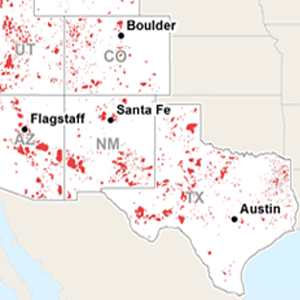
Case studies show how five urban areas in the West are using innovative land use planning tools to adapt to the increasing risks from wildfires. Read more
-
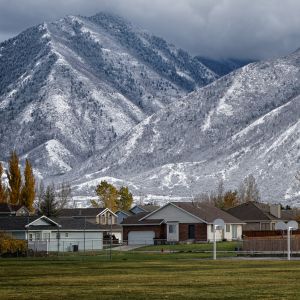
The High Divide region, recognized as one of the most intact biological areas in the lower 48 states, is attracting many new residents and home construction is changing the landscape. Read more
-
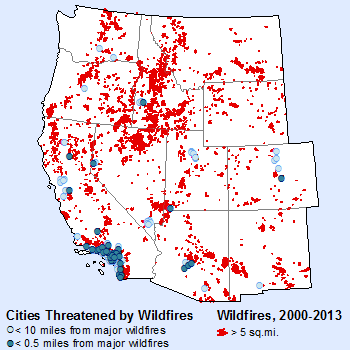
Wildfires increasingly are threatening urban areas—often repeatedly—putting more homes, lives, infrastructure, and other resources at risk. Read more
-

This report outlines a number of solutions to alter the pace, scale, and pattern of future development in the Wildland-Urban Interface. Read more
